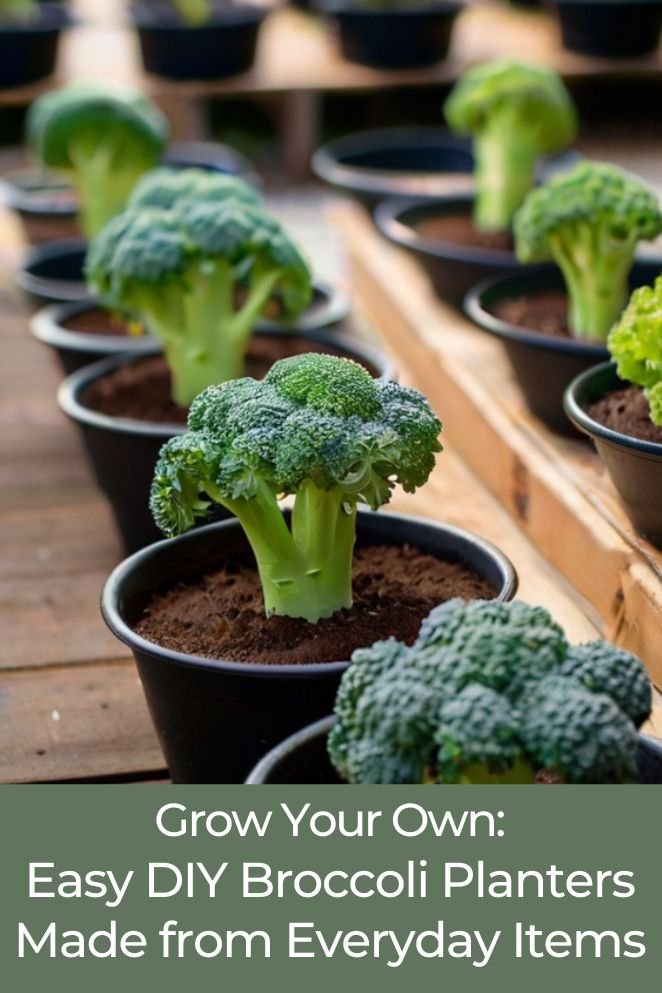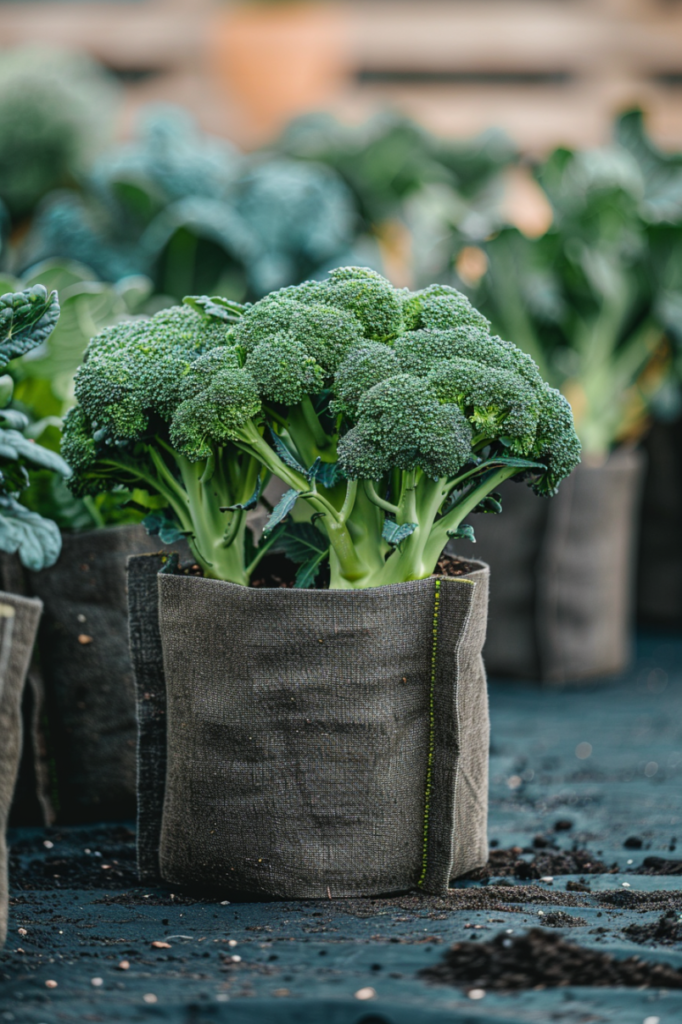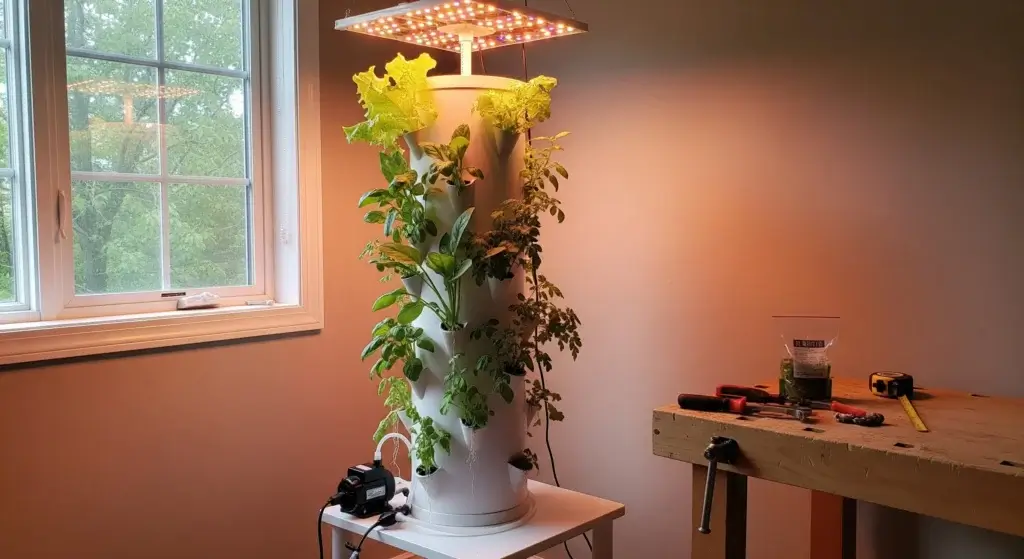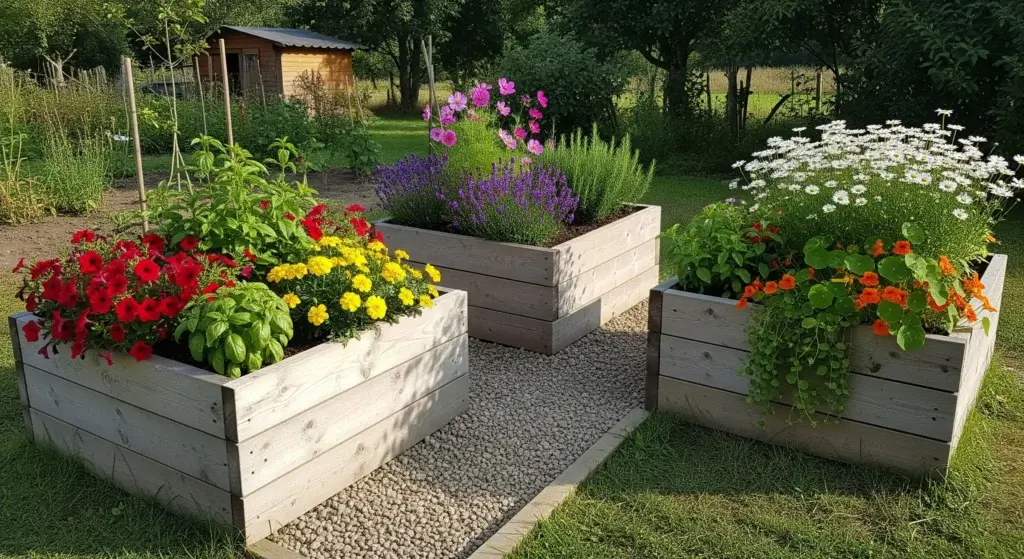
Growing your own broccoli is not only a rewarding experience but also a healthy choice for your diet.
In this blog post, we will explore the benefits of growing your own broccoli and provide a step-by-step guide on how to create DIY broccoli planters using readily available and budget-friendly materials.
Benefits of Growing Your Own Broccoli
Growing your own broccoli offers several benefits, such as:
- Nutrient-rich: Broccoli is packed with vitamins C, K, and A, as well as fiber and antioxidants, making it a healthy addition to your diet.
- Cost-effective: Home-grown broccoli can save you money compared to store-bought produce.
- Environmentally friendly: Growing your own broccoli reduces the carbon footprint associated with store-bought produce.
- Sulforaphane content: Broccoli sprouts have up to 100 times more sulforaphane, a powerful antioxidant, than mature broccoli, making them a superfood.
- Cancer and osteoarthritis prevention: Eating broccoli and other sulforaphane-rich vegetables has been linked to a reduced risk of osteoarthritis and cancer.
- Versatile: Broccoli can be eaten raw or cooked, and its leaves are also edible.
- Easy to grow: Broccoli is relatively easy to grow, especially when you start your own seedlings.
Choosing the Right DIY Planter
When embarking on your DIY broccoli planter project, it’s essential to make thoughtful choices regarding the planter itself.
Here are some considerations to keep in mind:
- Read also: DIY Guide: Homemade Compost for Growing Broccoli
- Read also: DIY Broccoli Row Covers: Protecting Your Garden with Solutions
Material options
There are various materials you can use for your DIY planter, each with its own benefits and considerations:
- Upcycled containers: Repurpose items such as old buckets, wooden crates, or tin cans to create unique and eco-friendly planters.
- Fabric grow bags: These lightweight and breathable bags provide excellent aeration and drainage for plant roots.
- Recycled plastic containers: Utilize empty plastic bottles, tubs, or containers to construct budget-friendly planters while reducing waste.
- Purchased plastic planters: Alternatively, you can opt for ready-made plastic planters available at garden centers or online retailers.
Size considerations
Broccoli plants require adequate space for root growth to thrive.
Aim for a planter with a depth of at least 12-18 inches to accommodate the plant’s extensive root system.
Additionally, ensure the container is wide enough to provide ample room for the broccoli plant to spread out.
Drainage
Proper drainage is crucial for preventing waterlogged soil and root rot in your broccoli planter.
Choose a container with pre-drilled drainage holes, or carefully create them yourself using a drill or sharp tool.
Additionally, consider adding a layer of gravel or pebbles at the bottom of the planter to further promote drainage and airflow.
Building Your DIY Broccoli Planter
Here’s how to create a DIY broccoli planter using various materials:
Upcycled containers

Building your own DIY broccoli planter is a rewarding project that allows you to grow fresh, nutritious produce right at home.
Here’s a step-by-step guide using upcycled containers:
Prepare the container
Start by selecting a suitable upcycled container for your broccoli planter.
This could be an old bucket, wooden crate, or even a large plastic bottle with the top cut off.
Thoroughly clean the container to remove any dirt, debris, or residue.
Next, use a drill or sharp tool to create drainage holes in the bottom of the container.
Adequate drainage is essential to prevent waterlogging and root rot.
Add potting mix
Once your container is prepared, fill it with a high-quality potting mix.
Choose a mix specifically formulated for container gardening, as it will provide the right balance of nutrients and drainage for your broccoli plants.
Fill the container to within a few inches of the top, leaving enough room to plant your broccoli seedlings or seeds.
Plant the broccoli
Depending on whether you’re starting from seeds or seedlings, follow the recommended planting depth and spacing provided on the seed packet or seedling instructions.
Typically, broccoli seeds should be planted about 1/4 to 1/2 inch deep in the potting mix, while seedlings should be planted at the same depth as they were in their original containers.
Space the broccoli plants according to their mature size, typically around 18-24 inches apart.
Water and care
After planting, water the broccoli thoroughly to settle the soil and provide moisture to the roots.
Place the container in a sunny location that receives at least 6-8 hours of sunlight per day.
Monitor the soil moisture regularly and water as needed to keep it consistently moist but not waterlogged.
Additionally, fertilize the broccoli plants every few weeks with a balanced fertilizer to promote healthy growth and development.
Fabric grow bags

Constructing your DIY broccoli planter using fabric grow bags is a simple and effective way to cultivate healthy broccoli plants.
Follow these steps to create your own:
Choose a Bag
When selecting a fabric grow bag for your broccoli planter, ensure it has proper drainage holes or is made from breathable material that allows excess water to escape.
Fabric grow bags come in various sizes, so choose one that accommodates the space requirements of your broccoli plants and fits well in your desired location.
Fill with potting mix
Once you’ve chosen your grow bag, fill it with a high-quality potting mix suitable for container gardening.
Look for a mix that is lightweight, well-draining, and rich in organic matter.
Avoid using garden soil, as it may compact in the bag and hinder root growth.
Fill the grow bag to within a few inches of the top, leaving room for planting your broccoli seedlings or seeds.
Plant the broccoli
Whether starting from seeds or seedlings, follow the planting depth and spacing recommendations provided on the seed packet or seedling instructions.
For seeds, plant them at the depth specified on the packet, typically around 1/4 to 1/2 inch deep.
For seedlings, gently transplant them into the potting mix at the same depth they were in their original containers.
Space the broccoli plants according to their mature size, typically around 18-24 inches apart to allow ample room for growth.
Water and care
After planting, water the broccoli thoroughly to ensure the potting mix is evenly moistened.
Place the grow bag in a sunny location where your broccoli plants will receive at least 6-8 hours of sunlight per day.
Monitor the moisture levels in the grow bag regularly and water as needed to keep the soil consistently moist but not waterlogged.
Additionally, fertilize the broccoli plants every few weeks with a balanced fertilizer to provide essential nutrients for growth and development.
Recycled Plastic Containers

Creating your own DIY broccoli planter using recycled plastic containers is a sustainable and budget-friendly option.
Follow these steps to build your planter:
Prepare the container
Start by thoroughly cleaning the recycled plastic container to remove any dirt, debris, or residue.
Ensure the container is free from any chemicals or contaminants that could harm your plants.
Cut drainage holes
Adequate drainage is crucial for the health of your broccoli plants.
Using a sharp knife or scissors, carefully cut drainage holes in the bottom of the plastic container.
These holes will allow excess water to drain out, preventing waterlogging and root rot.
Consider adding additional drainage holes on the sides of the container for improved airflow and drainage.
Add potting mix
Fill the container with a high-quality potting mix specifically formulated for container gardening.
Look for a mix that is lightweight, well-draining, and nutrient-rich.
Avoid using garden soil, as it may become compacted and hinder root growth.
Fill the container with potting mix, leaving a few inches of space at the top for planting your broccoli seedlings or seeds.
Plant the broccoli
Depending on whether you’re starting from seeds or seedlings, follow the recommended planting depth and spacing provided on the seed packet or seedling instructions.
For seeds, plant them at the depth specified on the packet, typically around 1/4 to 1/2 inch deep.
For seedlings, gently transplant them into the potting mix at the same depth they were in their original containers.
Space the broccoli plants according to their mature size, typically around 18-24 inches apart to allow ample room for growth.
Water and care
After planting, water the broccoli thoroughly to settle the potting mix and provide moisture to the roots.
Place the container in a sunny location where your broccoli plants will receive at least 6-8 hours of sunlight per day.
Monitor the moisture levels in the potting mix regularly and water as needed to keep the soil consistently moist but not waterlogged.
Additionally, fertilize the broccoli plants every few weeks with a balanced fertilizer to promote healthy growth and development.

- Read also: DIY Plant Food for Vegetables
- Read also: DIY Potato Planter Box
Conclusion
Crafting your own broccoli planter at home is an enjoyable and fulfilling project that lets you cultivate fresh and nutritious produce right in your own space.
With easily accessible and affordable materials, you can experience the satisfaction of growing your own broccoli while also contributing to a more sustainable lifestyle by minimizing your environmental impact.



